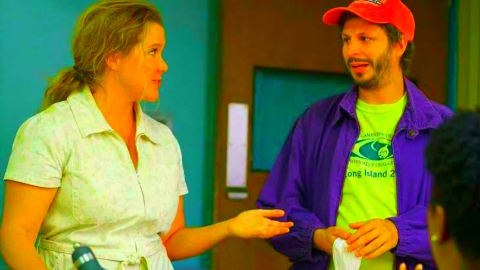As in previous conflicts, the eyes of the world return to social networks. This time, TikTok is the tool used by Ukrainian civilians to show the world the truth about the Russian attack.
Armed conflicts are also digital. We all have a mobile phone with a camera, we all record images and sharing them is an instant gesture. In 2022, any event is broadcast in real time. It is inevitable.
And while Moscow maneuvers the media, with a communication line designed to control public opinion from television to newspapers, all the way to RuNet (the Russian-language segment of the Internet), TikTok seems to have remained the only direct line to what is happening.
Social networks had already played a fundamental role in the military and political conflicts of recent years: they did so in the Arab Spring, in the resumption of tensions between Israel and Palestine and in the return to power of the Taliban.
And once again, cell phone cameras have once again become a valuable source of perspectives, as they have enabled millions of users to TikTok to experience the beginning of the Russian invasion directly from the skin of Ukrainian civilians.
A convoy of Ukrainian armored vehicles demolishing barricades in the middle of the city, Russian military exercises on the border, a threatening nuclear bomb much more destructive than that of Hiroshima… They are the protagonists of some of the videos that have gone viral these days on TikTok.
But what social media shows us is not all truth! Unfortunately on social media there is also a war on information, on the other hand anyone can share an image and make it pass for something that is not. This is what the pro-Russian separatists in the Donetsk and Luhansk regions would do, supported by Russia, who in recent days have released videos in which they accuse the Ukrainian army of attacks, which denies what happened.
Several Western experts question the images (the sound of the shots in a video, for example, would be copied from an older video taken from YouTube); they believe that the complaints from Moscow were a pretext to justify the sending of troops to the region, which took place on Monday.
Today more than ever it is difficult to understand where the truth is, because everyone can publish, comment and write, and several do it in bad faith in search of popularity. This is why we ask you before spreading news to do a job that should be that of a journalist: check the sources. Do not spread news before verifying the source, the provenance.
“Selene I wanted to ask you something else, I have seen a lot of fake news on the net, please inquire well, there are too many fake news, inquire well” – these are the words of a Ukrainian girl in contact with the writer.


